How to Choose a Research Problem: An Overview (2025)
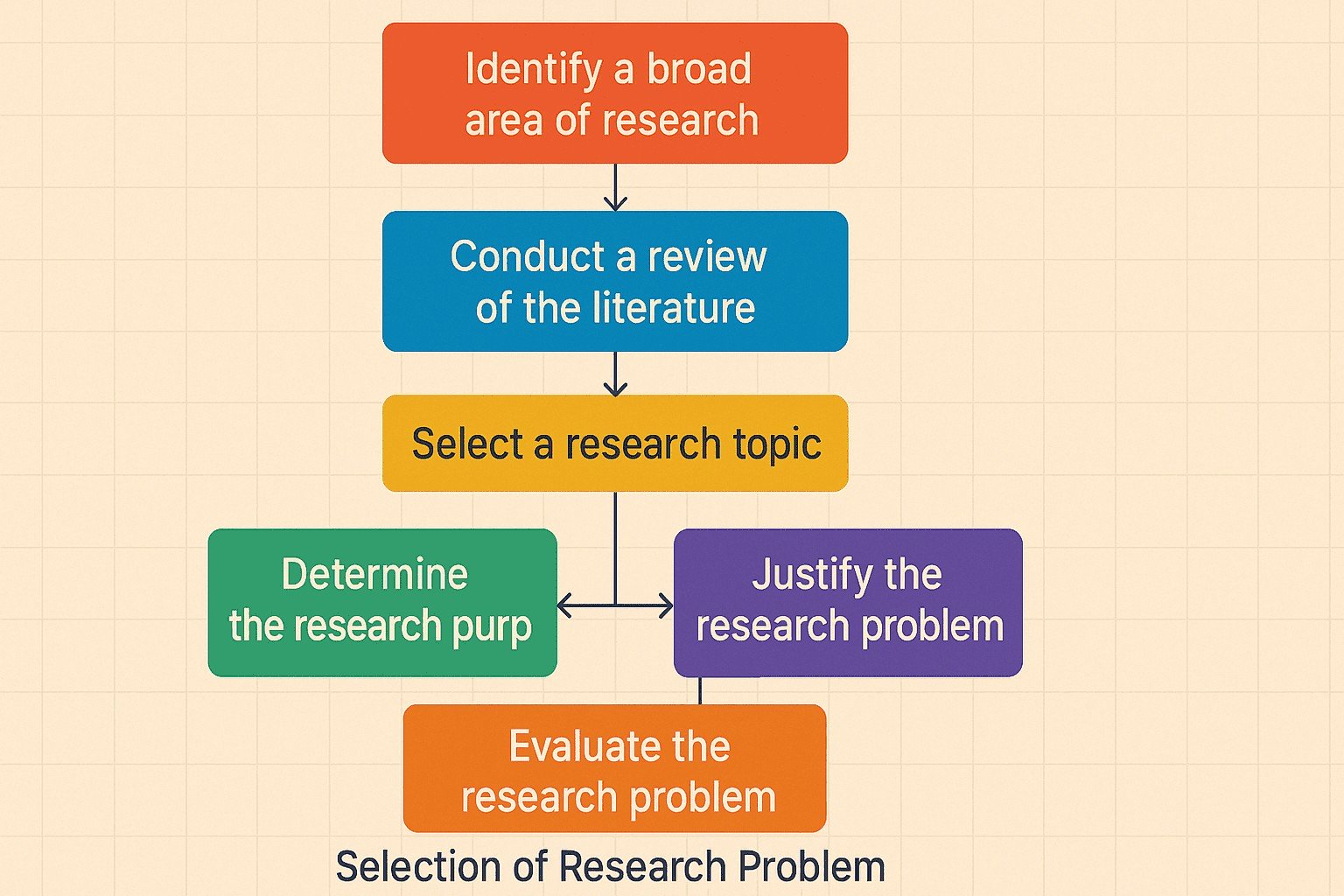
Selecting the appropriate research problem is critical to the success of your research. It does not matter whether you are writing an academic paper, working on a thesis, or doing a professional study—the quality of the work done is tightly linked to the problem defined and its scope of investigation. Here is a comprehensive checklist useful in selecting a problem meant for investigating, a research problem.
Define The Concept of a Research Problem
A research problem encapsulates more than just a title; it represents something more precise that requires analysis and comprehension. A clearly defined problem statement:
Provides emphasis and insight to the research
Assists in bridging the deficiency in available literature.
Determines either the hypothesis or set of questions to be answered.
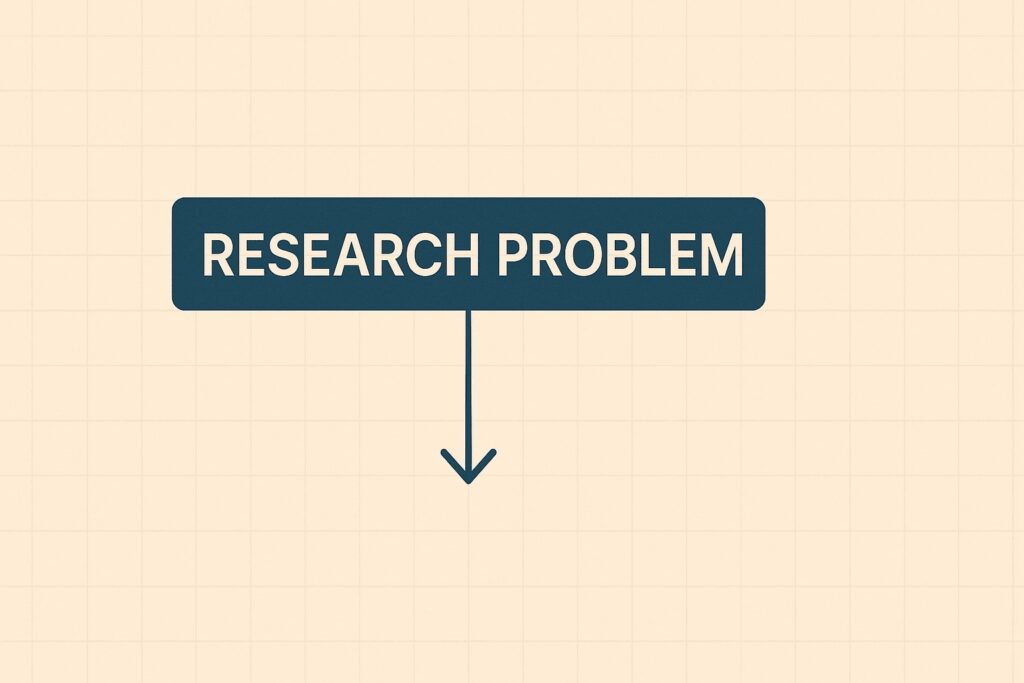
Pick Out a General Topic of Interest
To ensure that there is something worth studying, one needs to make sure that there is a broad area of interest. That can include your studies, hobbies, as well as the tangential or overarching problems being faced globally.
For example, if environmental science is the area of interest for you, then its broad areas include climate change, biodiversity, renewable energy, and pollution.
Do Background Research
Check what other researchers have already done prior to focusing on your topic of choice. Also consider why it is essential
Filling the gaps in current knowledge is crucial
Redundant studies diminish the overall impact of research.
Draft the frameworks within which you will conduct your research.
How to do it:
Engage with academic resources, such as Google Scholar, JSTOR, and ScienceDirect.
Peruse new articles and reviews as well as case studies.
Note important recurring themes, answer debates, and questions that have been ignored.
Focus on a Specific Issue
Refining the gaps focuses on a specific issue or question. An ideal research problem has to be:
Defined: The research problem should be simple enough to be understood.
Concentrated: Not too broad to cover comprehensively.
Investigable: Possible to pursue with existing materials.
Necessary: Valuable to the particular discipline and to the community.
As an example, instead of studying “climate change,” it can be focused on “the impact of urban heat islands on local biodiversity.”
Check For Viability
Think about the operational aspects of your research:
Data accessibility: Is the relevant data accessible?
Funds: Are the necessary instruments, equipment, and finances available?
Schedule: Will the project be completable within the allotted timeframe?
Ethics: Do issues of ethics arise in the data collection process or subject matter?
List Down the Research Queries or Hypothesis
After focusing on the problem, formulate them into detailed research queries or hypotheses.
Research Questions: Open-ended inquiries such as “How does urban heat impact biodiversity?”
Hypotheses: In testable formats: “Urban heat islands reduce the diversity of bird species in metropolitan areas.”
Validate Your Research Problem
Do a peer review before finalizing.
Consider these questions:
Does this answer an existing problem gap?
Is there additional knowledge to be gained from this study?
Will the findings of this work advance my career or educational pursuits?
A New Perspective
Environmental Science: “What are the implications of microplastics on freshwater ecosystems in developing countries?”
Technology: “What is the level of cybersecurity exposure in IoT appliances within smart homes?”
Social Sciences: “What is the impact of social media on the political participation of young people in democratic countries?”
Final Thoughts
Defining a research problem is an art as much as it is a science. It requires some level of curiosity, critical analysis, and methodical planning. Remember, the appropriate problem directs your research as well as significantly advances the respective field.
Defining a research problem is an art as much as it is a science. It requires some level of curiosity, critical analysis, and methodical planning. Remember, the appropriate problem directs your research as well as significantly advances the respective field.
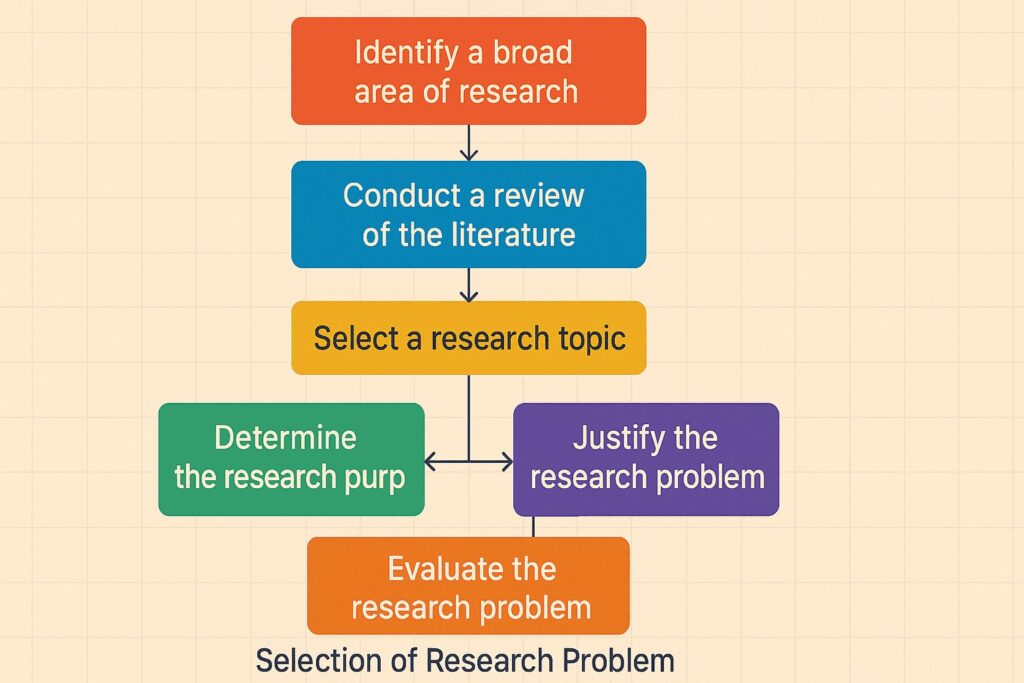
Read My Publications to Understand Publication Ethics or visit my LinkedIn


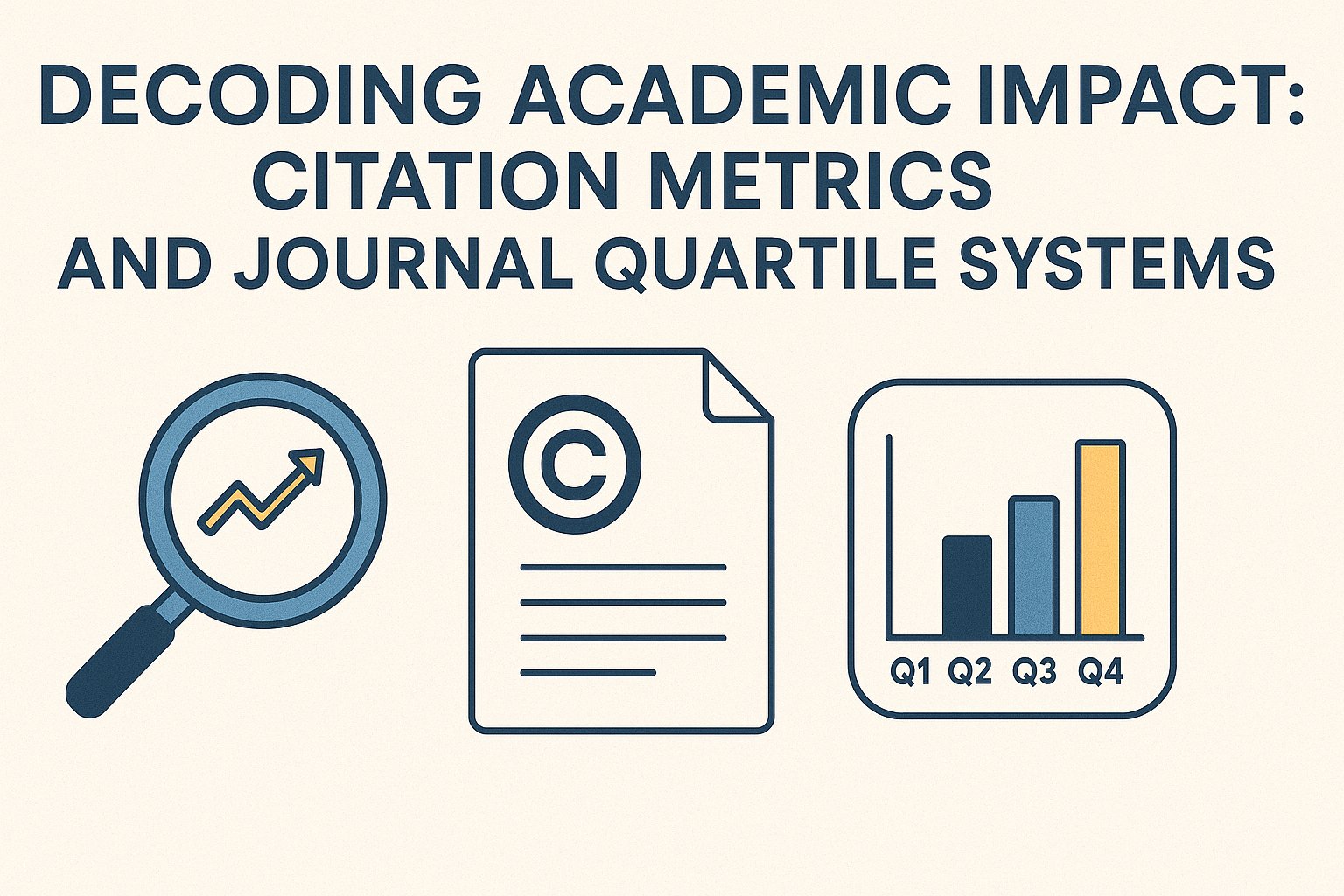

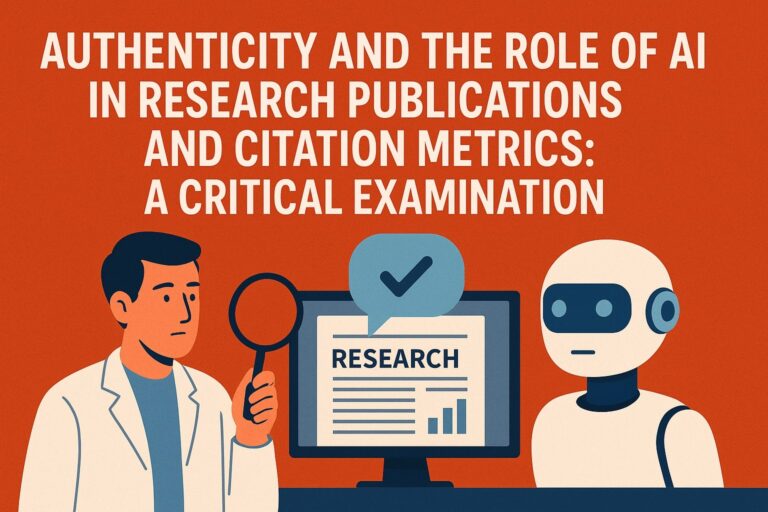

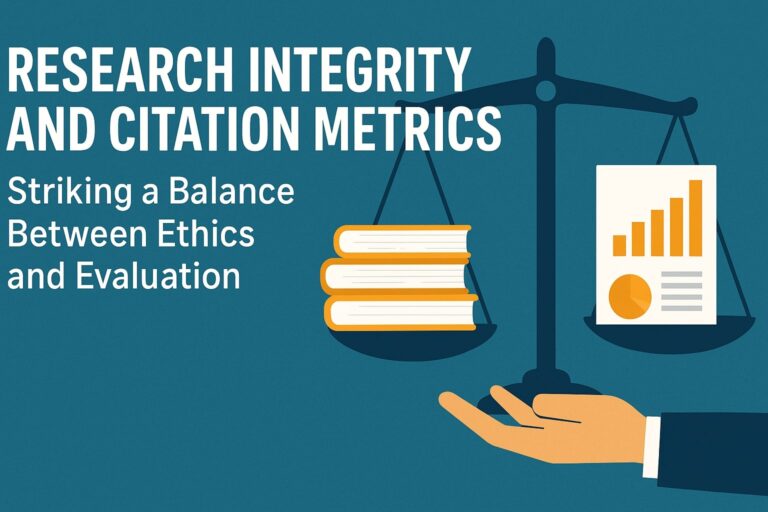

This is a really insightful piece! I’ve always found it overwhelming to choose a research problem, especially when starting a thesis. Your step-by-step breakdown made the whole process feel much more manageable. I particularly liked the emphasis on narrowing down broad topics into focused, viable questions. Looking forward to more content like this!